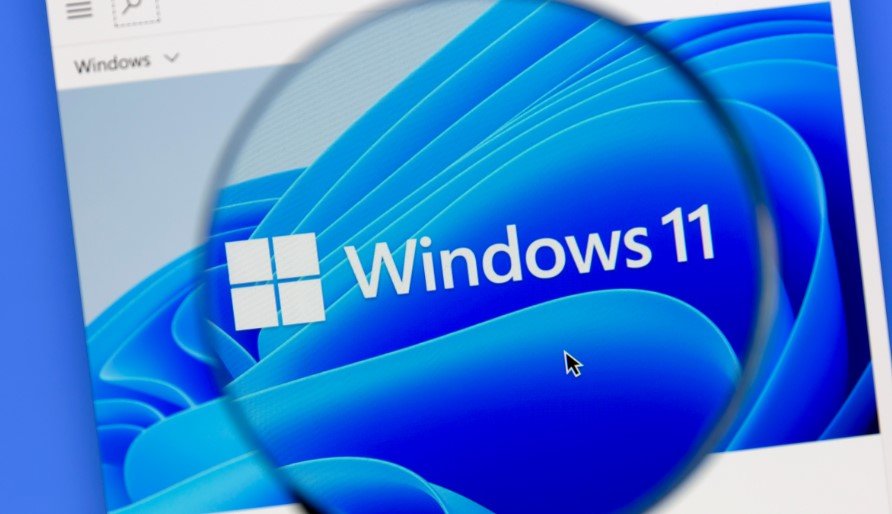Early testers get a peek at what’s next for Windows 11, including smaller updates and smarter installs
Microsoft is starting the slow reveal of its next big Windows release. On Monday night, the company began rolling out the preview build of Windows 11 version 25H2 to users in its Insider Dev Channel—a quiet yet important step as the tech giant preps for a broader rollout expected later this year.
It’s not flashy. There’s no major redesign or headlining feature, at least not yet. But if you’re a Windows user who dreads those long, bloated update cycles, there’s reason to pay attention.
What’s in the 25H2 update? Think smaller, faster, and smarter
The 25H2 update isn’t about overhauling the Windows experience—it’s more like tidying up the engine room. Microsoft’s focus this time is on making updates smaller in size and quicker to install. That might not sound revolutionary, but for people who use their laptops to actually get stuff done, it’s a welcome shift.
In the Insider preview, users will start to see updates behave a little differently. The new servicing model essentially splits the update into smaller chunks, allowing for faster downloads and background processing. In simple terms: your PC might not feel like it’s held hostage every Patch Tuesday.
The update also includes several behind-the-scenes improvements to how Windows handles updates overall. So yes, it’s nerdy stuff—but it could make a noticeable difference to everyday users.
Who gets it now—and who’ll have to wait a bit longer?
Right now, access is limited to a select crowd. To try out the 25H2 preview, you need to be enrolled in the Windows Insider Program and specifically opt into the Dev Channel.
This isn’t the kind of update that pops up automatically. You need to be in the testing pipeline.
-
Join the Windows Insider Program via Microsoft’s website
-
Set your Windows Update settings to receive builds from the Dev Channel
-
Check for updates manually from Settings > Windows Update
If you’re not part of the early access group—or just don’t feel like beta-testing software—don’t worry. The full rollout for 25H2 is scheduled for the second half of 2025. Microsoft hasn’t locked in a final release date, but given the pace of past cycles, a September or October push seems likely.

Highlights under the hood: What users can expect
Beyond the smaller update sizes and new install tech, Microsoft is experimenting with a few new features. Some are already in the Dev Channel build, others are expected to show up in the coming weeks.
The early changelog includes:
-
Enhanced backup and restore tools for personal settings and app configurations
-
Integration of AI-powered “Recall” features, hinted at in previous Microsoft developer events
-
Tighter security defaults, especially around driver installations and third-party software
-
More noticeable improvements to Task Manager performance metrics
-
Fresh animations and polish to the Start Menu and Quick Settings panel
Here’s a quick glance at what’s changing technically in terms of delivery:
| Feature/Function | Previous Updates (22H2/23H2) | New in 25H2 Preview |
|---|---|---|
| Update Package Size | ~3.5 GB | ~2.1 GB (avg) |
| Install Time | 25–30 minutes | 10–15 minutes |
| Required Restart? | Yes | Often optional |
| Update Method | Full reinstallation path | Delta servicing model |
| Security Model | Standard UAC | Enhanced UAC + driver control |
So yeah, it’s a lot of small changes—but they add up. And they speak to Microsoft’s long-term goal of turning Windows 11 into something sleeker and less disruptive.
Microsoft is playing the long game with Windows 11
The 25H2 update might not feel like a major milestone at first glance, but it reflects a bigger strategy shift from Redmond. Since the messy launch of Windows 11 in 2021—where people were confused about hardware requirements and compatibility—Microsoft has been slowly rebuilding user trust. And it shows.
Sunita Malhotra, a Bengaluru-based developer who’s been part of the Insider program for over four years, says she’s noticed a “calmer, less glitchy rollout” this time around.
“They used to push features before they were ready,” she says. “Now they’re taking time, breaking stuff into parts, and actually listening to feedback.”
That sentiment seems to match Microsoft’s new tone. Instead of loading Windows with headline-grabbing features every six months, they’re pushing stability and polish.
A shift in how we think about updates
Let’s be honest—no one loves updating their OS. It’s often seen as a chore, a hassle, or a gamble. Will it break something? Will it restart in the middle of a meeting? These fears are real, especially for users who don’t have IT departments behind them.
That’s why Microsoft’s new update strategy matters. The company is slowly trying to make updates feel less disruptive—almost invisible.
That doesn’t mean bugs are gone forever. Insiders are still reporting occasional hiccups with compatibility or driver recognition in 25H2 preview builds. But overall, the early signs point to a more refined, less invasive update experience.
One Microsoft engineer familiar with the 25H2 update process said in a private developer forum: “We’ve learned a lot from Windows 10. The idea now is to ship smarter, not louder.”
Looking ahead: AI features and long-term support
There’s also buzz around whether the 25H2 build will expand on AI-driven features Microsoft teased earlier this year—especially its Copilot and Recall systems.
While not fully visible in the current preview, some backend hints suggest AI-assisted search, file recovery, and content recognition might be on the cards for this update cycle.
Don’t expect fireworks right away though. These features are often rolled out in waves, sometimes months after the base update hits general availability.
For now, though, it’s clear that Microsoft is laying the groundwork for a smoother, quieter Windows.
